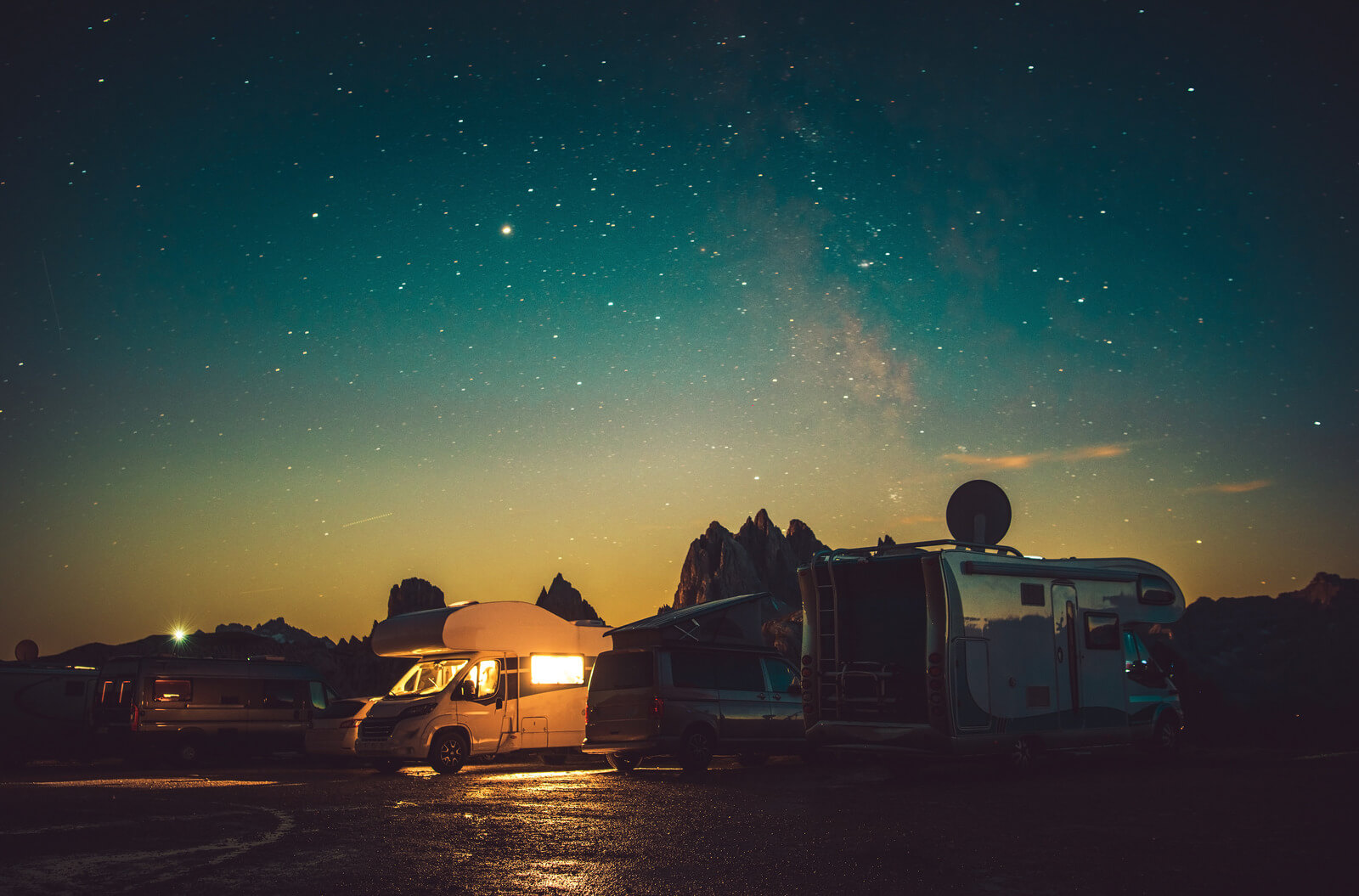The world is a little crazy right now, leaving everybody pretty much on edge. What people are screaming out for is a chance to drop what they are doing and get away from the hustle and bustle. With good weather in the forecast, a camping trip to the mountains or a resort beach seems to be what the doctor would order.
Here’s the catch. Very few people can actually afford the opportunity to really get off the grid. Even if they are willing to take a little vacation, it’s hard for them to stay away from communicating with family, friends, employers, and employees. The issue at hand? It’s difficult to get a good and secure wifi connection in most faraway camping destinations. Good news!
Remote workers and internet aficionados can now access the internet from pretty much anywhere they might be on the planet through Starlink Internet. They can even spend a little bit of leisure time browsing no deposit casinos if seeking some excitement. Now, for the folks who really need time for a camping adventure, let’s investigate what Starlink has to offer.
About Starlink Internet
For anyone who might have been living in a cave in recent years, Starlink Internet is the brainchild of none other than Elon Musk, Yes, the same Elon Musk who is driving the electric car revolution. It’s no coincidence that the Starlink system was developed at SpaceX, the same company that is executing Musk’s space travel strategy.
The Starlink system operates through constellations of small satellites, about 2,000 satellites in all with more being added every day. That currently offers enough coverage to about 50% of the world’s land mass with only Asia not getting much access at this time. Yes, it does include many viable camping destinations in the U.S., Canada, Europe, and Australia for good measure.
As for the future of Starlink, Musk has stated he intends to eventually have 42K satellites providing coverage to every corner of the world.
How Does the Starlink Internet System Work?
True to form, Musk is doing everything he can to ensure that the Starlink system is accessible, easy to use, and quite affordable. Here is how it all works to make the Internet accessible to campers.
While a business-tiered system is available, we’ll keep the focus on residential packages for individuals on the go. To begin the process, Starlink requires that interested individuals place a pre-order with a refundable deposit of $99.
When given the green light, customers will have to start with the purchase of Starlight Internet hardware. The hardware package includes a compact satellite dish, a power cord, a stand, and a modem/WiFi router. A system booster is also available for an additional cost.
The hardware package runs $599 USD. There will be sales or VAT taxes added when required. Customers will also have to pay shipping and handling charges. When the hardware is ready for shipping, the $99 deposit will be applied to the overall costs.
At the purchase point, customers will be required to purchase a service contract. If they intend on using their Starlink Internet system at a fixed location, the monthly cost will be $110. If they want the residential system with portability, the monthly price goes up to $135. That’s the same price that is being charged for the RV package. Yes, they have a specific package that targets RV travelers.
With the RV package, users can actually start and stop their service contract at will without having to reapply for a new contract. That is not the case with the two residential packages.
Note: As the Starlink Internet system matures, there is a very good chance there will be hardware enhancements and new service contract options added.
Solving an Age-Old Issue
At the beginning of the Internet revolution in the 1980s, internet users were confined to home or work if they needed to stay connected. That was a huge problem for people who loved camping in the great outdoors.
Internet access for travelers got a little better in the early 2000s when pocket devices were created. These devices gave users some mobility. Still, campers were at bay because the devices could not pick up signals in popular camping destinations.
In recent years, Internet users have come to rely on their smartphones as a data source for WiFi connections. The problem is cell companies have not yet developed communication systems that can reach those hard-to-reach crevices in the mountains and deserts of the world. This continues to be a huge problem with people spending more and more time using the Internet for work and play. Enter the Starlink Internet system.
To date, the Starlink system has only been fully operational for a few months. The reviews are mixed, but positive changes are coming. Officially, the system has successfully given campers the ability to escape the grid for relaxation while still staying connected to their lives in town. We’ll see what the future holds.

